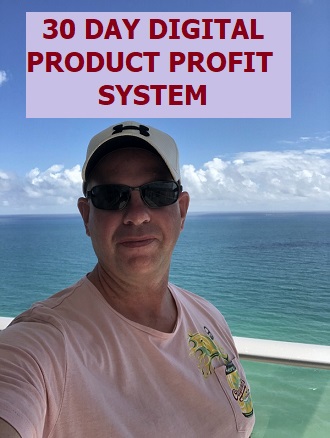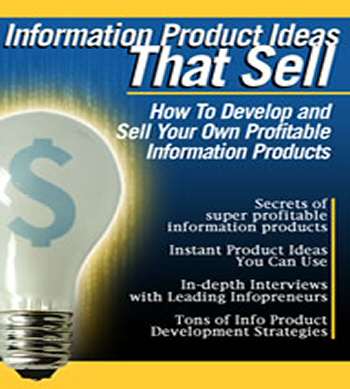Insiders in the world of information publishing have known for some time that higher-priced products actually tend to get better reviews, more support and result in less problem customers than lower-end, lower priced information products.
In other words, if I have a system for my "how to" information topic that I put together with some supporting checklists, a course and perhaps some supporting audio interviews, videos or ongoing support and price that package at $197 or even $397 versus putting the information into an e-book that I sell on its own for $17 I will not only make far greater profits, but will typically see benefits that include:
- Less returns
- More vocal supportive customers with word-of-mouth more positive than my $17 e-book
- A more eager customer base that will purchase more products in greater frequency than the low-end buyer
- Increased partner activity from my high-end customer base
Indeed, in The Ultimate Information Entrepreneur’s Success Package, we discuss several techniques for turning the same experiences, knowledge and information into packages where the perceived value will be automatically 3-4 times higher than if you packaged the information into a typical book or e-book.
What I haven’t really thought about is why — why does this strange phenomenon hold true for my products and those of other information marketers?
I may have come across the answer over at Neurosciencemarketing blog in a post titled "A New Role For Marketing" which makes the following points…
- Price influences taste – there are proven brain influences that impact the experience of a product based on the price someone paid. In other words, you are far more likely to enjoy a higher priced product than a lower one. It’s not to say you will in every case, but it seems our brains are pre-disposed to favor higher priced items
- If the customer perceives the product to be great or superior, then it will be in their mind.
The article rightly concludes that…
"A key role of marketing is establish customer expectations that will improve their actual experience with the product or service"
In terms of information publishing – the implication is simple…shoot for the stars not for the tree tops. In other words, you are going to get far greater results, and have happier customers if you target information products at the higher end of the value and price range. It doesn’t mean you target crappy products at high price ranges, but rather understand the type of products that will get you into the higher price bracket and then don’t be afraid to charge premium prices for your information.


